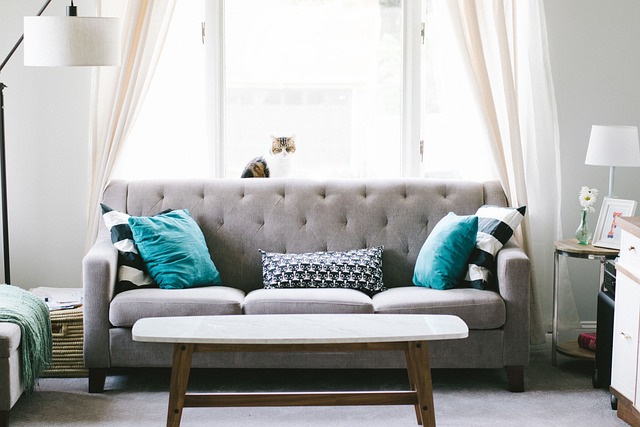Harnessing the Power of Fermentation in Home Decor
Imagine walking into a living room where the centerpiece is a stunning lamp crafted from kombucha leather. Or picture a kitchen adorned with vibrant, naturally dyed curtains, their hues derived from fermented plant matter. Welcome to the world of fermentation-inspired home decor, where the ancient art of microbial transformation meets cutting-edge design principles to create spaces that are both aesthetically pleasing and environmentally conscious.

The Science Behind Fermentation-Inspired Decor
At its core, fermentation is a metabolic process where microorganisms break down complex organic compounds into simpler ones. In the context of home decor, this process is being utilized to create materials with unique properties and aesthetics. For instance, bacterial cellulose, a byproduct of certain fermentation processes, can be molded into translucent sheets that serve as lampshades or room dividers. These materials not only possess a distinctive organic texture but also have the advantage of being biodegradable and renewable.
From Kombucha to Couches: Innovative Materials
One of the most exciting developments in this field is the use of SCOBY (Symbiotic Culture of Bacteria and Yeast), the gelatinous mat that forms during kombucha fermentation, as a leather alternative. When dried and treated, SCOBY transforms into a durable, leather-like material that can be used to upholster furniture, create lampshades, or even fashion decorative wall hangings. This material not only mimics the look and feel of leather but also offers a cruelty-free and sustainable alternative to traditional animal hides.
Living Colors: Fermentation in Textile Design
Fermentation is also making waves in the world of textile design. Designers are experimenting with microbial dyes, where pigments are produced through the fermentation of various plants and bacteria. These natural dyes not only offer a rich palette of colors but also significantly reduce the environmental impact associated with synthetic dyes. From curtains to throw pillows, these fermentation-derived hues add depth and character to interior spaces while aligning with eco-conscious values.
Functional Art: Fermented Furniture
Beyond aesthetics, fermentation is being employed to create functional art pieces for the home. Mycelium, the root structure of fungi, is being cultivated and shaped into furniture forms. Once dried, these mycelium structures become sturdy, lightweight, and fully biodegradable furniture pieces. From coffee tables to bookshelves, these living furniture items not only serve their intended purpose but also act as conversation starters, blurring the lines between nature, art, and functionality.
The Olfactory Experience: Fermentation and Home Fragrances
The influence of fermentation in home decor extends beyond the visual and tactile realms into the olfactory experience. Artisanal home fragrance makers are turning to fermentation to create complex, evolving scents. By fermenting botanical materials, they’re able to produce unique fragrance profiles that change over time, much like a fine wine. These living fragrances offer a dynamic sensory experience, transforming the atmosphere of a space in subtle, ever-changing ways.
Challenges and Considerations
While the integration of fermentation in home decor offers exciting possibilities, it’s not without challenges. The unpredictable nature of microbial processes can make standardization difficult, and there are concerns about the longevity and maintenance of some fermentation-derived materials. However, these challenges are spurring further innovation, with researchers and designers working on ways to stabilize and preserve these living materials without compromising their unique properties.
The Future of Fermentation in Home Design
As we look to the future, the role of fermentation in home decor is poised to expand. With growing interest in sustainable living and biomimicry in design, fermentation offers a bridge between nature and our built environments. We may soon see homes where walls are lined with light-emitting bioluminescent bacteria, or where probiotic sprays are used to cultivate beneficial microbes on surfaces, creating healthier living spaces.
Embracing the Microbial Revolution
The integration of fermentation processes in home decor represents more than just a design trend; it’s a shift in how we perceive our living spaces. By embracing these microbial collaborations, we’re not just decorating our homes, but creating living, breathing environments that evolve with us. As we continue to explore the potential of fermentation in design, we open up new possibilities for creating spaces that are not only beautiful and functional but also in harmony with the natural world.





